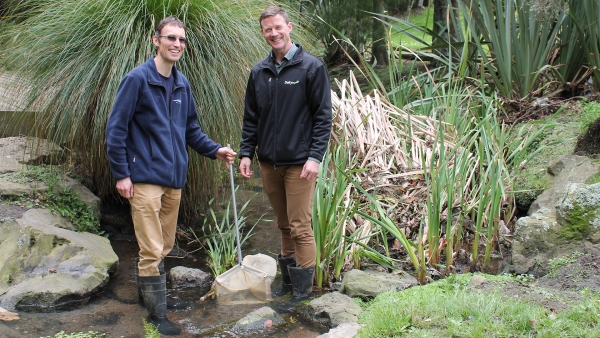This is just what NIWA and DairyNZ are asking anyone who has planted along stream banks to formerly record their work.
The online survey takes five minutes. It will form the basis of the National Riparian Restoration Database, which will help scientists to improve understanding of how riparian buffers benefit waterways.
This project is all about what has been done to date, with the focus on sites more than five to 10 years standing. It is separate to DairyNZ’s regional riparian planners which assist with the work of installing riparian buffers, including mapping out, budgeting and recording actions. These can be found at riparian-planner.dairynz.co.nz
Riparian buffer strips are formed by fencing to keep animals out and let grass grow long, as well as being planted. The long grass and plantings, usually of native species, work to filter, take up or transform nutrients, sediment and faecal pathogens before they can reach waterways. They also stabilise streambanks, enhance biodiversity and cool streams—improving stream health and resilience.
Freshwater scientists Aslan Wright-Stow, (DairyNZ) and Richard Storey (NIWA), who were both involved in setting up the National Riparian Restoration Database, have found that many riparian projects lead to rapid ecological recovery in streams, while others need longer to produce all the benefits.
Dr Storey says: “Although we know a lot about how riparian buffers work, there are not many New Zealand case studies showing, for example, how long and wide a riparian buffer needs to be, or where it should be located along the river network, to get the greatest improvements in stream health.
“The survey information we collect will help us determine which characteristics of riparian buffer strips are most effective in improving water quality and stream health.”
Mr Wright-Stow adds: “We want to know the extent of existing riparian projects across the country. Much riparian restoration work has been undertaken over many decades. We can use these projects to learn from, and help guide future riparian planting design, feeding the findings back into the regional riparian planners for even better outcomes.”
Once the database is underway, the next step will be selecting about 50 projects around the country, and monitoring them over a period of 12-18 months—work that ‘citizen scientists’ will be invited to help with.
NIWA will provide training and equipment. The citizen scientists will take measurements of stream life, water quality and the physical habitat, as well as recording some of the characteristics of the planted riparian area.
They will then put the data onto a website where it will be evaluated by scientists at NIWA and DairyNZ.
Mr Wright-Stow says this will be an interesting project, and not arduous.
“All citizen scientists need to commit to is about two to three hours a month over a period of 12-18 months. People keen to get involved in this project can find out more at riparian.niwa.co.nz and register their interest there.”
Contacts
DairyNZ Maggie Kerrigan [email protected]

